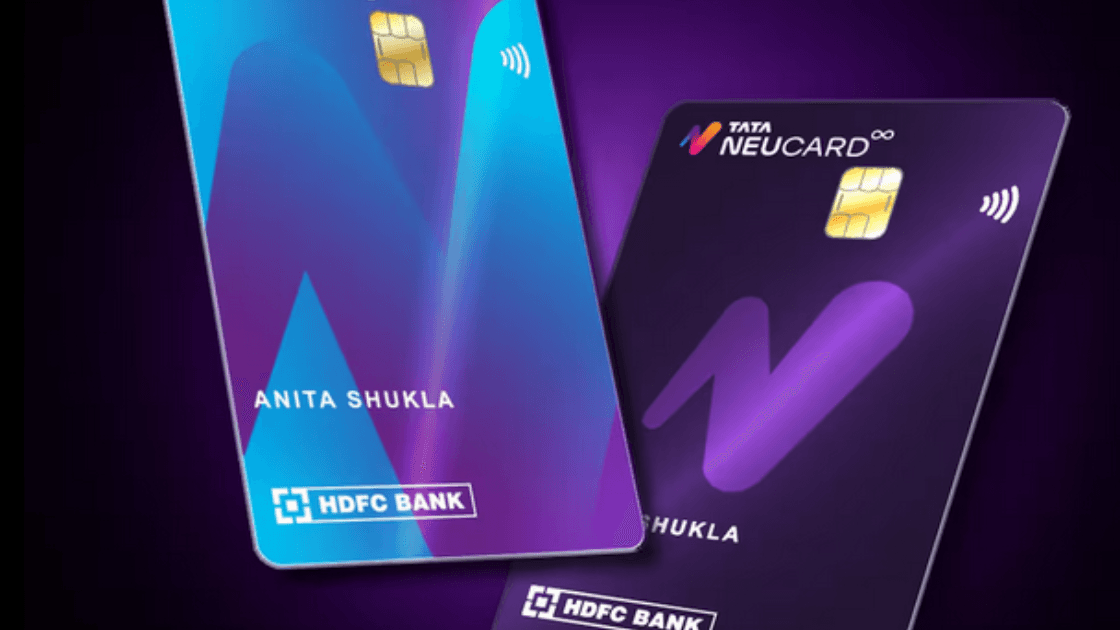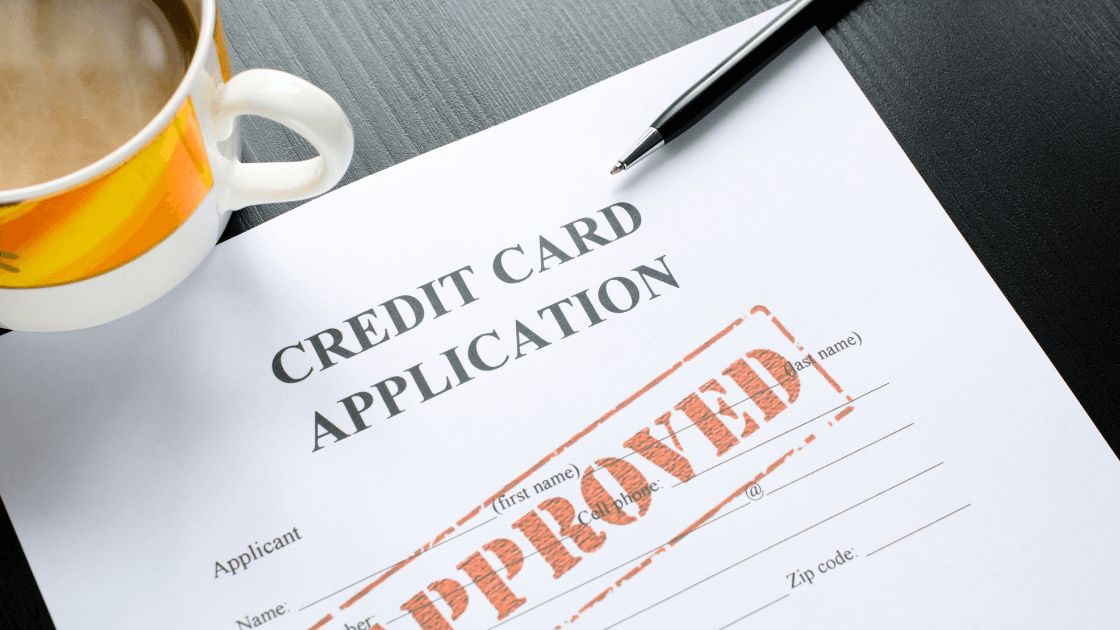
Cards
•05 min read

Imagine making purchases without worrying about interest piling up—sounds ideal, right? Credit card interest-free periods allow you to enjoy a grace period during which no interest is charged on your new purchases, as long as you pay the full outstanding amount by the due date. Learning how interest free period works can save you money and offer more flexibility in managing your finances. In this guide, we will explain how credit card interest-free periods work, offer simple tips to maximize their benefits, and clear up common misconceptions so you can make informed decisions.
An interest-free period is a set timeframe during your billing cycle when you can pay off purchases without incurring any interest charges. This period starts on the first day of your billing cycle and ends on the payment due date. The duration of this period can range from a few weeks to almost two months, depending on when you make your purchase within the cycle. Many major card issuers offer various lengths of grace periods, and some even provide promotional offers like the Tata Neu HDFC Bank Credit Card with a 90 days interest-free offer in India, allowing for an extended period on promotional terms.
It is essential to understand that the interest-free period is closely tied to your billing cycle rather than the calendar month. Your billing cycle will have a start date and an end date with a set due date for payment. As long as you clear your full outstanding balance during this window, you will not have to pay interest on your new purchases. Please note that while the interest-free period offers benefits when you pay the full balance, other fees such as annual fees or late payment fees may apply as per your card's terms and conditions.
Let’s break down the mechanics in a simple way. When your billing cycle begins, say on the 1st and ends on the 30th, every purchase you make will be due for payment by the due date stated on your bill. For example, a purchase made on the 2nd could have nearly a two-month interest-free window if the due date is later in the cycle, whereas a purchase made on the 28th might only enjoy a few days of free credit. This means that transactions made earlier in the billing cycle benefit from a longer grace period compared to later purchases.
This feature empowers you by effectively giving you an interest-free loan till the due date, as long as you pay in full. It is a great tool for financial planning because it helps you manage cash flow and avoid unnecessary interest expenses, provided you maintain discipline in repaying the amount within the given timeframe. Understanding how interest free period works can help you make better financial decisions.
One of the best ways to leverage the benefits of your interest-free period is to plan your transactions strategically. Wherever possible, schedule purchases at the start of your billing cycle. This simple habit allows you to maximize the length of your interest-free period, giving you more time to arrange for the payment without incurring interest.
If you have a larger expense coming up, consider delaying it until the beginning of the next billing cycle. This strategy effectively extends your grace period and gives you breathing room to make payments without extra costs.
The key to enjoying an interest-free benefit is timely payment. Ensure that you pay your full outstanding balance by the due date mentioned in your billing statement. Making only the minimum payment or a partial payment will lead to interest accrual on the remaining balance. Responsible payment behavior not only keeps your finances in check but also helps you avoid the pitfalls of accumulating interest charges.

Not all transactions on your credit card are eligible for the interest-free period. For instance, cash withdrawals or cash advances typically incur immediate interest from the day of the transaction. It is important to be aware of such exceptions so that you do not mistakenly believe that every transaction will benefit from the grace period.
Missing payment deadlines is another common pitfall. Even a single lapse in clearing the full amount by the due date can cause interest to be applied to all new purchases. Keeping track of your billing dates and setting reminders can help ensure that you never miss a payment.
For those who find managing finances on a single card challenging, using multiple cards with staggered billing cycles can be an effective strategy. By doing so, you can extend the overall period in which you enjoy interest-free benefits. For example, if one card’s billing cycle ends mid-month, having another card with a different cycle could provide additional interest-free days. This approach helps in spreading out your expenses and managing cash flows more efficiently.
Many people mistakenly believe that the interest-free period resets every calendar month. In reality, it resets with every new billing cycle, which may not align perfectly with the start of a new month. Knowing your billing cycle timelines is crucial for making informed purchasing decisions.
Another common misconception is that paying the minimum amount due saves you from interest. In fact, if you do not clear your entire outstanding balance by the due date, interest will be charged on the remaining amount, nullifying the benefits of the interest-free period. Always aim to pay in full to truly capitalize on the interest-free feature.
It is also important to note that cash withdrawals or cash advances are not covered under the interest-free period. These transactions attract immediate interest from the date of withdrawal, so they should be approached with caution if you want to utilize the full advantage of the interest-free period.
Different credit cards may offer various durations and terms for the interest-free period, so it is important to review issuer-specific terms and conditions carefully. Look at additional features such as rewards programs, fees, and annual charges when choosing a card. For example, promotional offers like the Tata Neu HDFC Bank Credit Card with a 90 days interest-free offer can be attractive, but it is important to understand the limitations and fine print associated with these promotions.
-ed507771-df04-4fb3-9af5-bae11cb611a6.png&w=3840&q=75)
Promotional interest-free periods typically come with certain restrictions. They might be applicable only for specific types of purchases or for a limited duration. It is advisable to read the terms and conditions of such offers carefully before planning your transactions. Staying informed about these details will help you avoid surprises and maximize the benefits.
Before you apply for a credit card, consider asking your card provider about the details of the interest-free period, including the exact duration, any exclusions (like cash advances), and how the billing cycle is structured. This approach ensures you select a card that best fits your spending habits and financial goals.
The interest-free period starts from the beginning of your billing cycle and lasts until the payment due date. This allows purchases made early in the cycle to benefit from a longer period before interest is applied.
If you do not pay the full outstanding balance by the due date, interest will be charged on the remaining amount, and new purchases may also lose their interest-free benefit.
No, cash withdrawals and cash advances typically incur immediate interest and are not eligible for the interest-free period.
Yes, by using multiple cards with staggered billing cycles, you can extend the overall duration during which you enjoy interest-free benefits across different transactions.
This refers to a promotional offering where the credit card provides a 90-day period for interest-free purchases, subject to terms and conditions.
Understanding how interest free period works on a credit card can be a game-changer for managing your finances. By knowing the ins and outs of your billing cycle, planning your transactions wisely, and ensuring timely full payments, you can effectively avoid interest charges and save money in the long run. Staying aware of common misconceptions helps in making informed decisions. Remember, the key to maximizing the benefits of your interest-free period lies in disciplined financial planning and a clear understanding of your card’s terms and conditions. This knowledge empowers you to make your transactions smoother and more cost-effective, paving the way for better financial health.